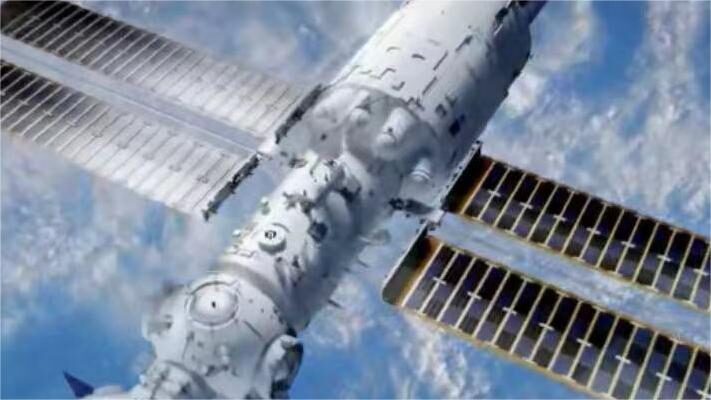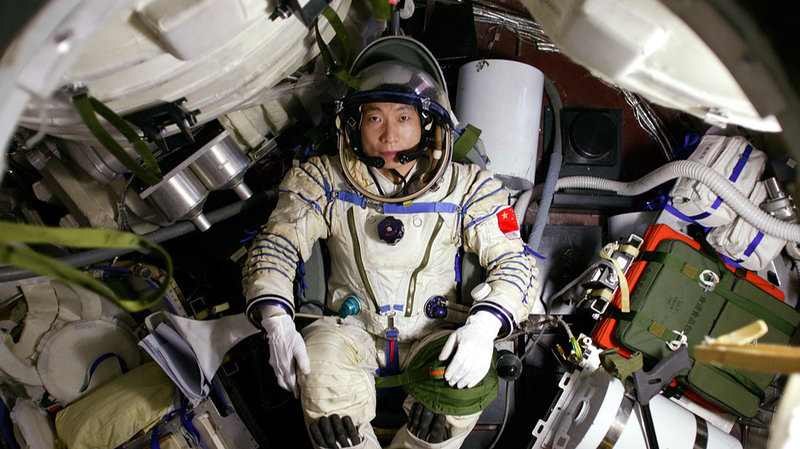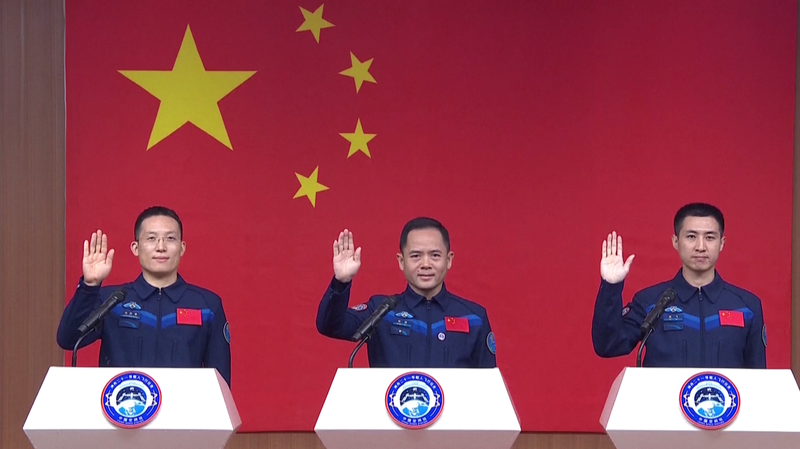What began as a bold vision in 1992 has now propelled China into the cosmic spotlight! 🇨🇳 Over three decades, the country’s manned space program has evolved from launching its first astronaut to building a fully operational space station—a journey that’s literally out of this world. Let’s blast off through the highlights!
From Earthbound to Stardom 🌍→🌌
China’s space ambitions took flight with the Shenzhou-5 mission in 2003, making Yang Liwei the nation’s first astronaut (or 'taikonaut'). Fast-forward to 2022, and the Tiangong Space Station marked China’s arrival as a major player in orbital science. Along the way, milestones like the first female taikonaut Liu Yang’s 2012 mission and the 2021 Mars rover landing cemented its cosmic cred.
Why This Matters for Gen Z
Beyond national pride, these advances are boosting global STEM collaboration and tech innovation. Think next-gen satellite tech, quantum experiments in microgravity, and even plans for lunar bases! 🛰️ As researcher Zhang Wei told us: \"Space isn’t just for scientists anymore—it’s where future entrepreneurs and climate solutions will thrive.\"
What’s Next? 🌙
With crewed Moon missions eyed for the 2030s and new international partnerships brewing, China’s space saga is just getting started. As one Beijing engineering student put it: \"Our parents watched Apollo landings—we’ll stream lunar TikTok videos!\" 👨🚀📱
Reference(s):
A look back at three decades of China's manned space program
cgtn.com







